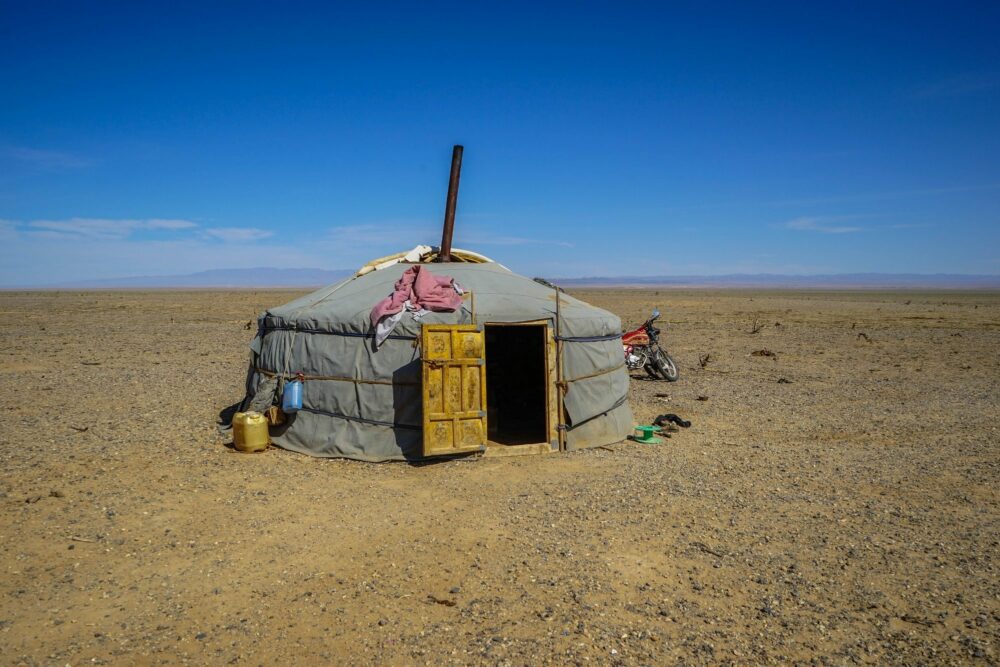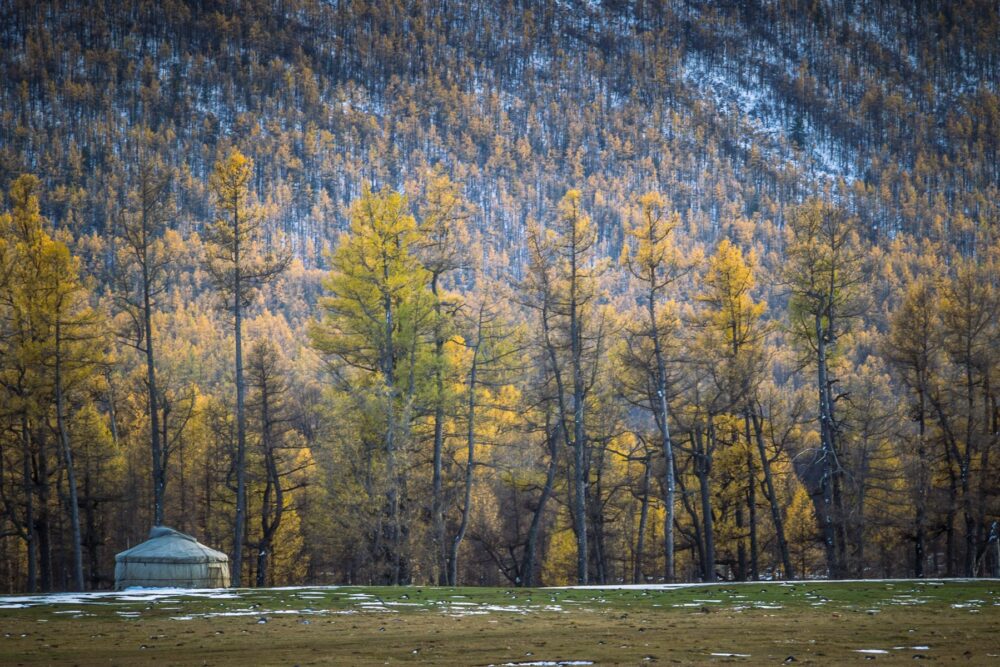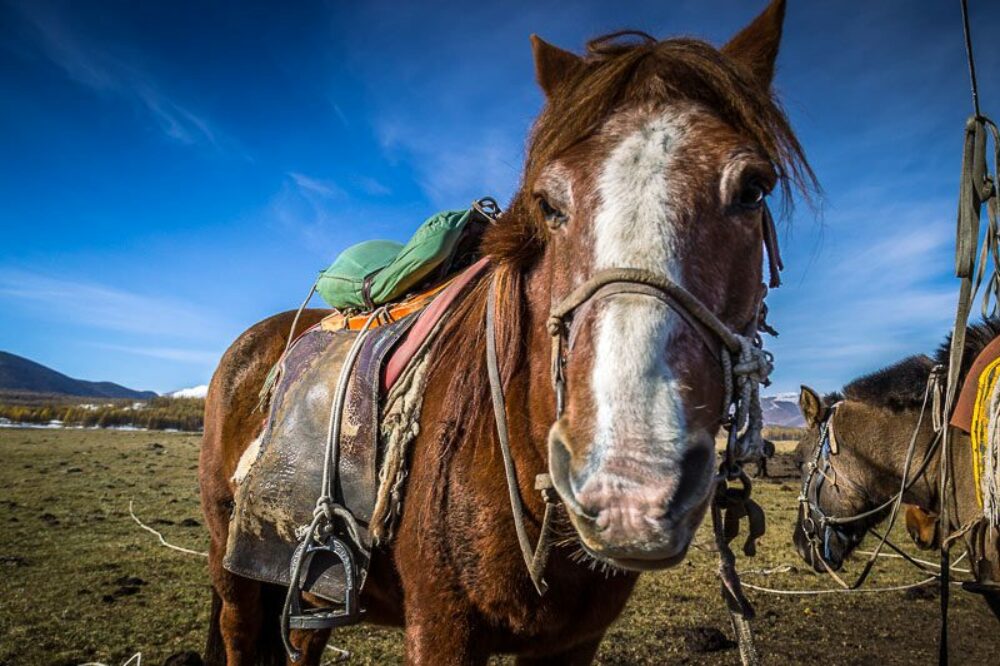Pack your bags and some sturdy shoes as you prepare to enter the realm of Genghis Khan and the seat of the ancient Mongol Empire! Mongolia is a vast and diverse country, comprised of the expansive Gobi Desert, vast steppes, rugged mountains, spectacular countryside, friendly people, and raw adventure unparalleled anywhere else on earth.
Population
3,081,000
Capital
Ulaanbaatar (Pop. 1,372,000)
Population Density
5.1 people per square mile (Least dense country in the world)
Government
Semi-presidential Representative
Ethnicity
96% of Mongolians are ethnic Mongols
Language
Khalka Mongolian is the official language




